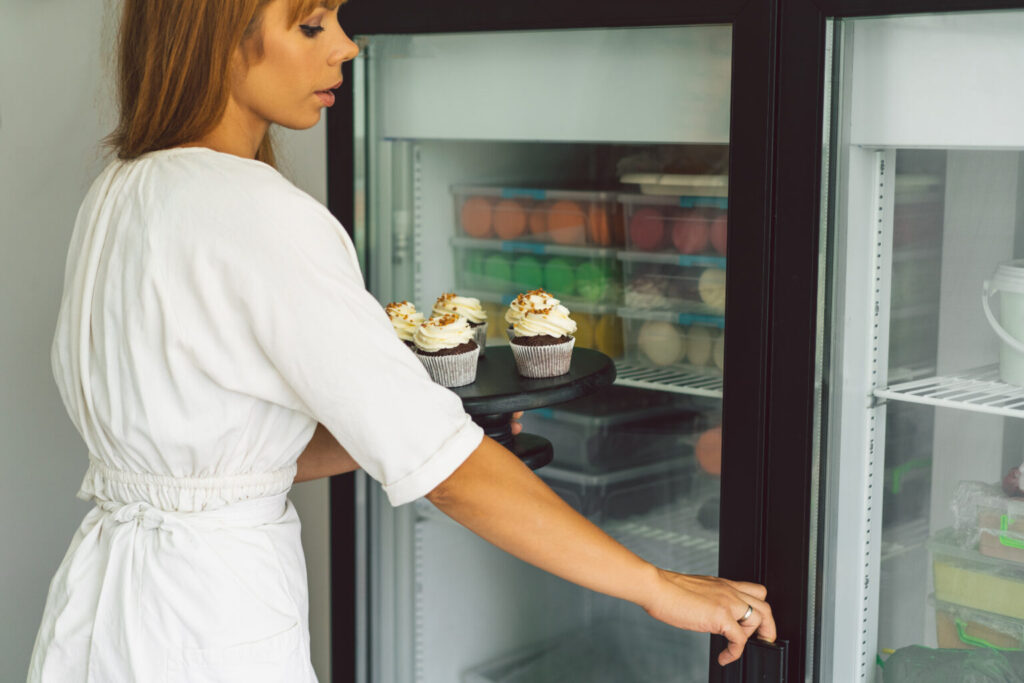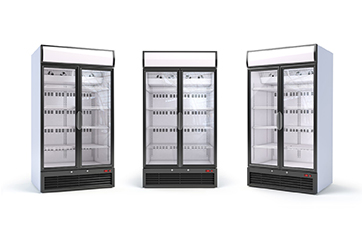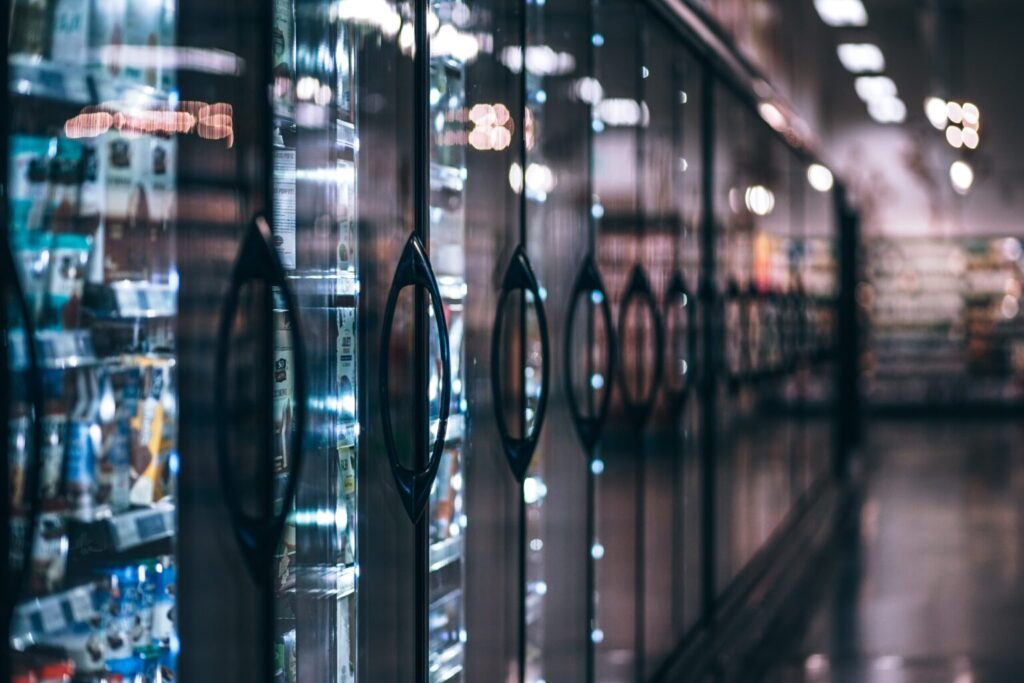


Commercial Coolers
We are here for any kind of low temp issues that you may be experiencing. We can diagnose and repair most issues very quickly so you don’t have to worry about product spoiling.
Commercial Refrigerators
If you have a small commercial cooler or a huge walk in refrigerator, we are here to keep them cool so your product stays safe.
Commercial Freezers
We are here to diagnose and repair any commercial freezers, whether the be large walk-in freezers or smaller open freezers. You can count on us to get your freezer temperatures back to where they need to be, and fast.
“Commercial low temp” typically refers to commercial refrigeration systems designed to maintain lower temperatures for the storage and preservation of perishable goods or products at temperatures below freezing (32°F or 0°C). These systems are commonly used in various industries, including food service, supermarkets, pharmaceuticals, and research laboratories. Commercial low-temperature refrigeration systems are critical for preserving the quality and safety of products that require cold storage. Here are some key aspects of commercial low-temp refrigeration:
1. Types of Commercial Low Temp Refrigeration:
- Walk-In Freezers: These are large, insulated rooms with refrigeration systems designed to maintain temperatures typically ranging from -10°F (-23°C) to -20°F (-29°C) or even lower. They are commonly used in restaurants, food distribution centers, and grocery stores to store frozen foods and other perishables.
- Display Freezers: Display freezers are often used in supermarkets and convenience stores to showcase frozen foods and ice cream products. They come in various sizes and designs, including upright and chest freezers.
- Blast Chillers and Shock Freezers: These specialized units are used in commercial kitchens to rapidly chill or freeze hot foods, ensuring food safety and preserving flavor and texture.
- Refrigerated Warehouses: Large-scale refrigerated warehouses are used for the storage and distribution of frozen and cold products on an industrial scale.
2. Components of Commercial Low Temp Refrigeration Systems:
- Compressor: The compressor is the heart of the refrigeration system and is responsible for compressing the refrigerant gas, raising its temperature, and then expelling it to the condenser.
- Condenser: The condenser dissipates heat from the refrigerant, causing it to change from a high-pressure gas to a high-pressure liquid.
- Evaporator: The evaporator is where the refrigerant absorbs heat from the surrounding environment (i.e., the inside of the freezer or cooler), causing it to evaporate and become a low-pressure gas.
- Expansion Valve: The expansion valve regulates the flow of refrigerant into the evaporator, allowing it to expand and cool rapidly.
- Temperature and Pressure Controls: These controls are essential for maintaining precise temperature levels and system operation.
- Insulation: Commercial low-temp storage areas are well-insulated to prevent temperature fluctuations and energy loss.
3. Applications:
- Commercial low-temp refrigeration is used in a wide range of applications, including the storage of frozen foods, ice cream, vaccines, pharmaceuticals, blood and tissue samples, and research materials.
4. Energy Efficiency:
- Energy efficiency is a significant consideration in commercial low-temp refrigeration systems, as these systems can be energy-intensive. Many modern systems are designed to minimize energy consumption and reduce operating costs.
5. Maintenance and Monitoring:
- Regular maintenance and monitoring of commercial low-temp refrigeration systems are essential to ensure they operate efficiently and maintain consistent temperatures. Maintenance includes cleaning, refrigerant checks, and inspections of components like fans and evaporator coils.
Commercial low-temp refrigeration is crucial for various industries where temperature-sensitive products need to be stored or preserved for extended periods. Properly designed and maintained systems help ensure the quality and safety of these products while minimizing waste and energy consumption.
